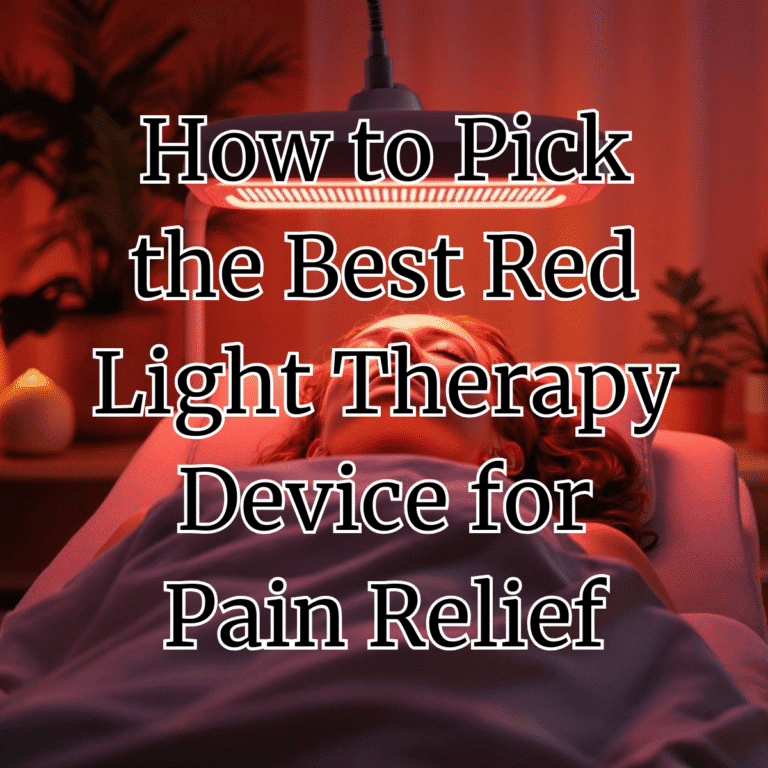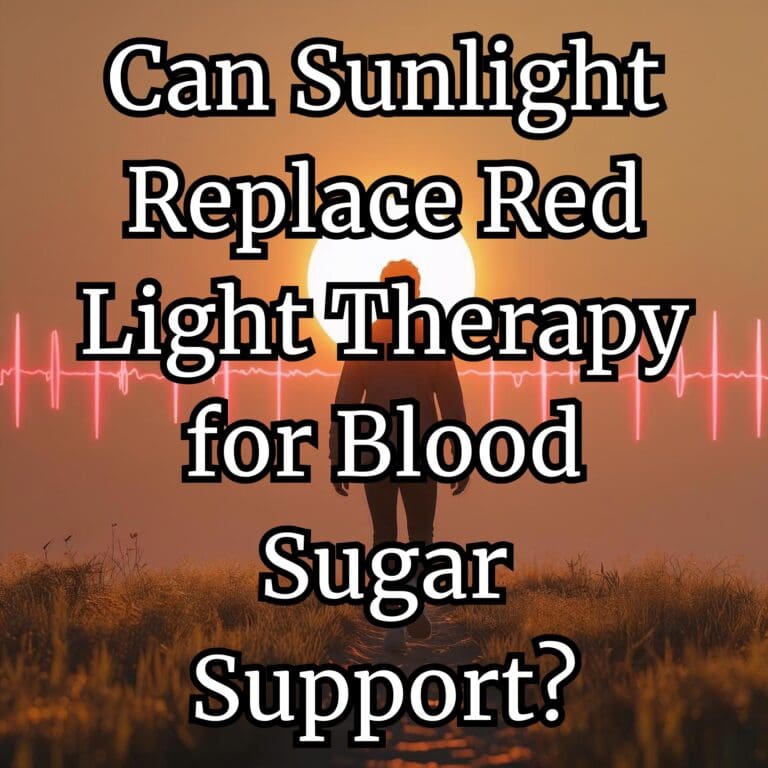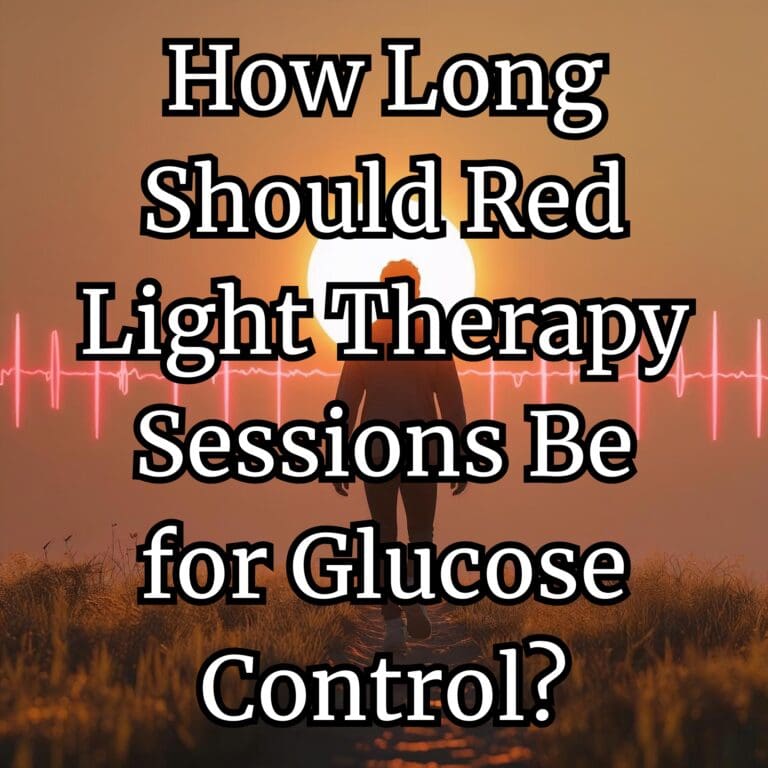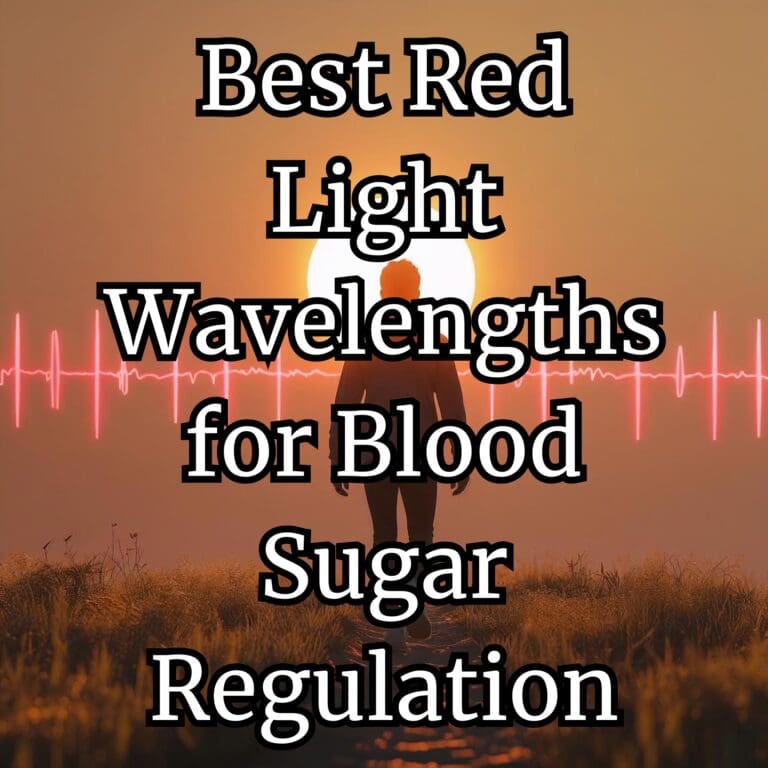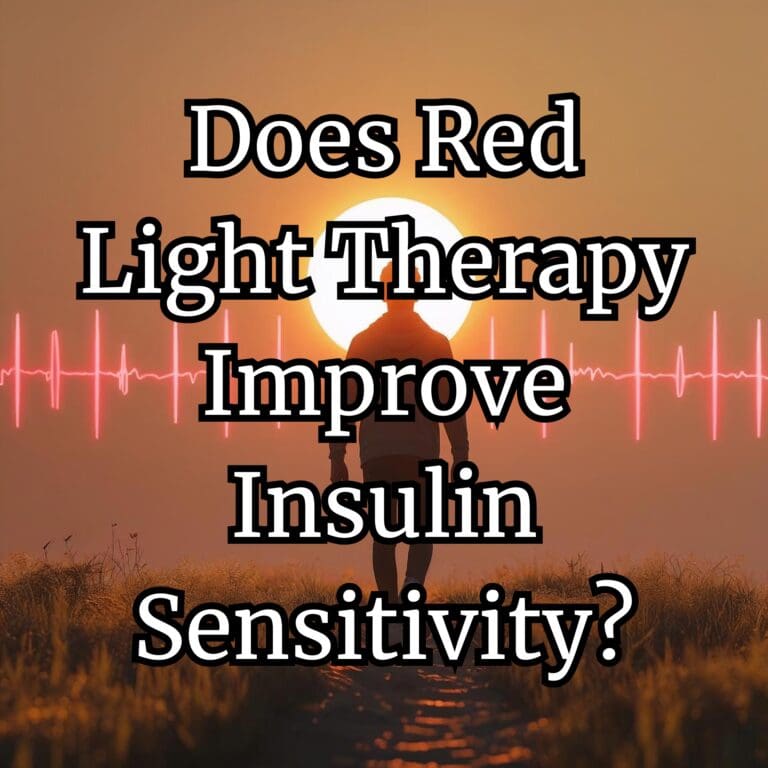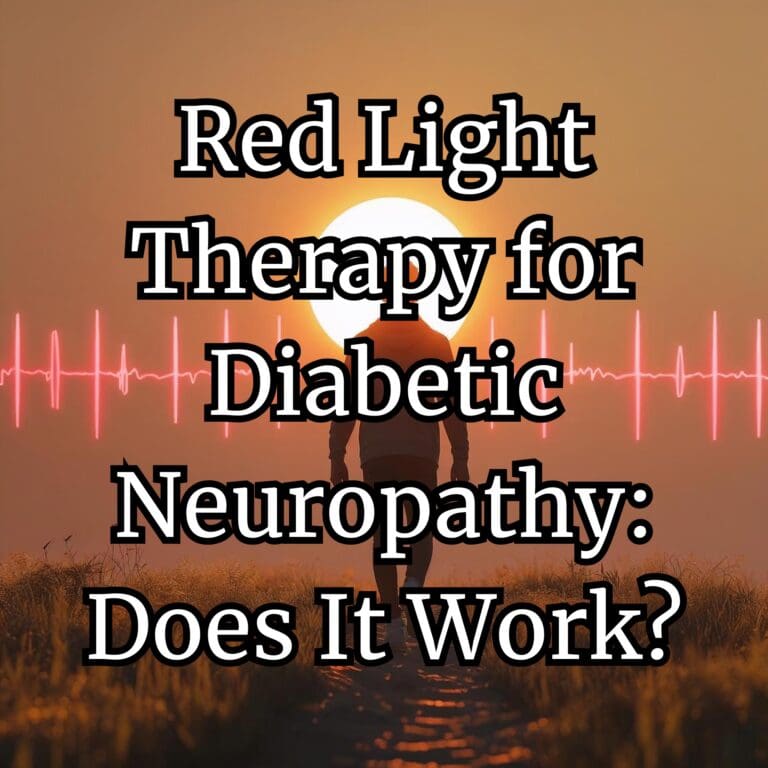The Science, Benefits, and a Natural Support Product
Collagen is the most abundant protein in the human body and forms the structural framework for skin, joints, and connective tissues. As we age, collagen production slows, leading to wrinkles, sagging skin, and joint discomfort. One of the most exciting and non-invasive ways to support natural collagen production is through Red Light Therapy (RLT).
In this article, we’ll explain how RLT stimulates collagen synthesis, explore the clinical science behind it, and introduce Collagen Activ — a natural product that complements the process perfectly.
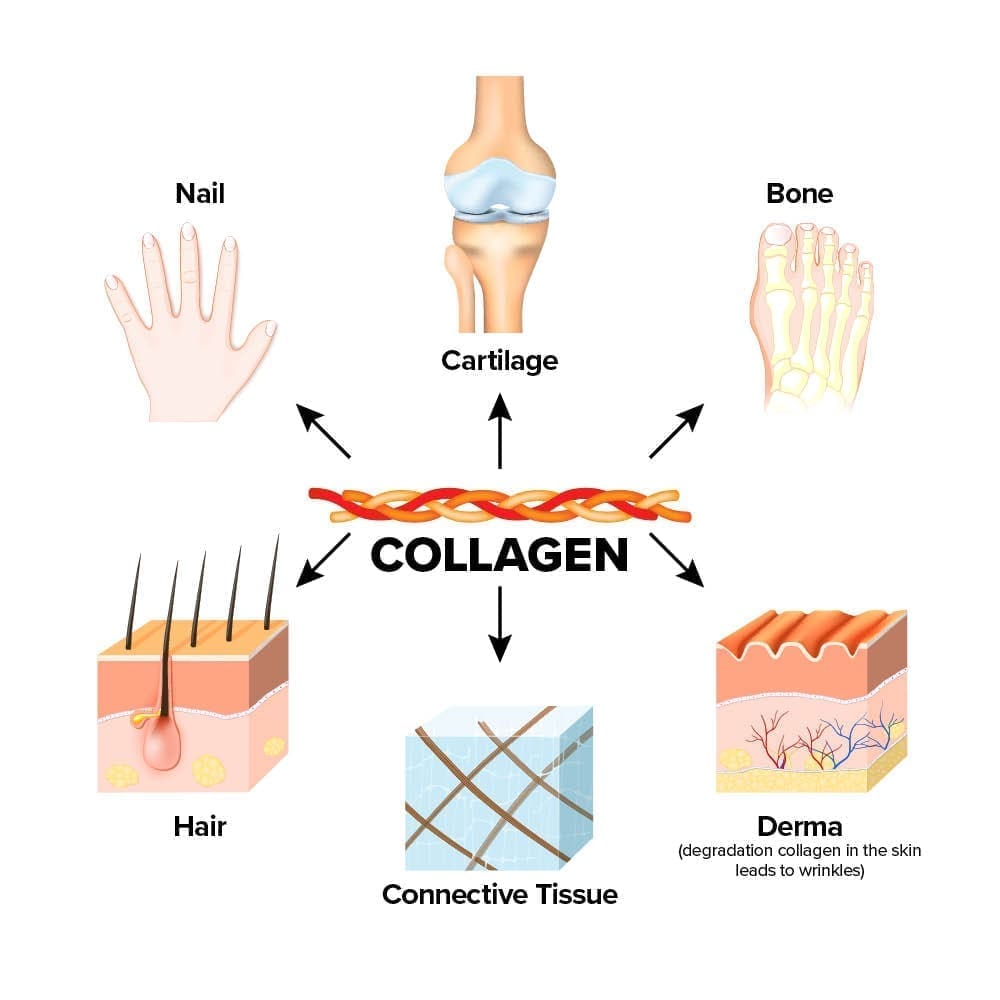
What Is Collagen and Why Does It Decline?
Collagen provides elasticity, firmness, and hydration to the skin while supporting joint flexibility and bone integrity. However, after the age of 25, collagen production begins to decline at a rate of about 1% per year. This decline is accelerated by factors like:
- UV exposure
- Stress
- Poor diet
- Smoking
- Hormonal changes
The result? Fine lines, wrinkles, thinning skin, and loss of skin elasticity.
Supporting your body’s natural collagen levels is essential for maintaining youthful skin and healthy connective tissues — and that’s where red light therapy comes in.
How Red Light Therapy Stimulates Collagen Production
Red Light Therapy, also known as low-level light therapy (LLLT) or photobiomodulation (PBM), uses specific wavelengths of red and near-infrared light (typically 630–680nm and 810–850nm) to stimulate cellular activity.
Here’s how it works:
- Light penetrates the skin and is absorbed by mitochondria, the energy-producing parts of cells.
- This boosts the production of adenosine triphosphate (ATP) — your cells’ main energy currency.
- With more energy, fibroblast cells (which make collagen and elastin) are activated.
- Collagen synthesis is upregulated, leading to firmer, smoother, more youthful skin.
Studies have shown that red light therapy:
- Increases collagen density
- Reduces wrinkle depth
- Improves skin elasticity and hydration
- Enhances wound healing and skin texture
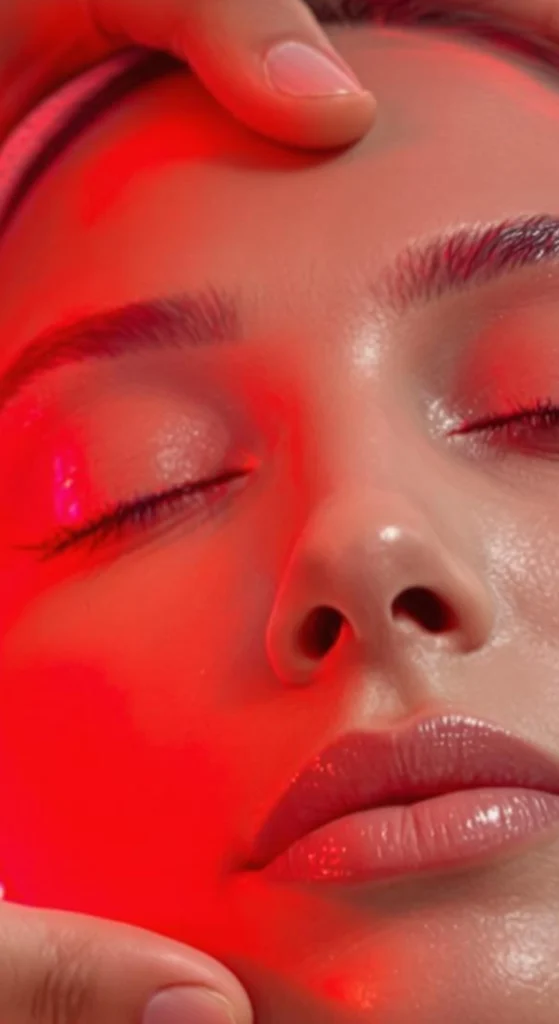
Clinical Evidence
A 2014 study published in Photomedicine and Laser Surgery found that red light therapy significantly improved skin complexion, reduced roughness, and increased collagen density over a 12-week period. Other studies have confirmed its ability to stimulate type I and III collagen, the two most abundant types in the skin.
Best Practices for Using Red Light Therapy for Collagen
To get the best results:
- Use a device with red and near-infrared LEDs (630nm – 850nm)
- Treat the skin 3–5 times per week for 10–20 minutes
- Maintain consistent distance (usually 6–12 inches from the skin)
- Cleanse skin before treatment and hydrate afterward
Visible improvements typically begin within 4–8 weeks, with full benefits seen after consistent use over 2–3 months.
Boost Your Results with Collagen Activ
While red light therapy triggers the body’s own collagen production, your body also needs the raw materials to build new collagen fibers. That’s where Collagen Activ comes in.
What is Collagen Activ?
Collagen Activ is a premium, natural supplement designed to:
- Supply collagen-building amino acids
- Support elastin formation and skin hydration
- Enhance joint comfort and mobility
- Provide nutrients that work synergistically with RLT
Formulated to complement red light therapy, Collagen Activ contains:
- Hydrolyzed collagen peptides
- Vitamin C (essential for collagen synthesis)
- Hyaluronic acid for moisture retention
- Biotin and silica for skin, hair, and nails
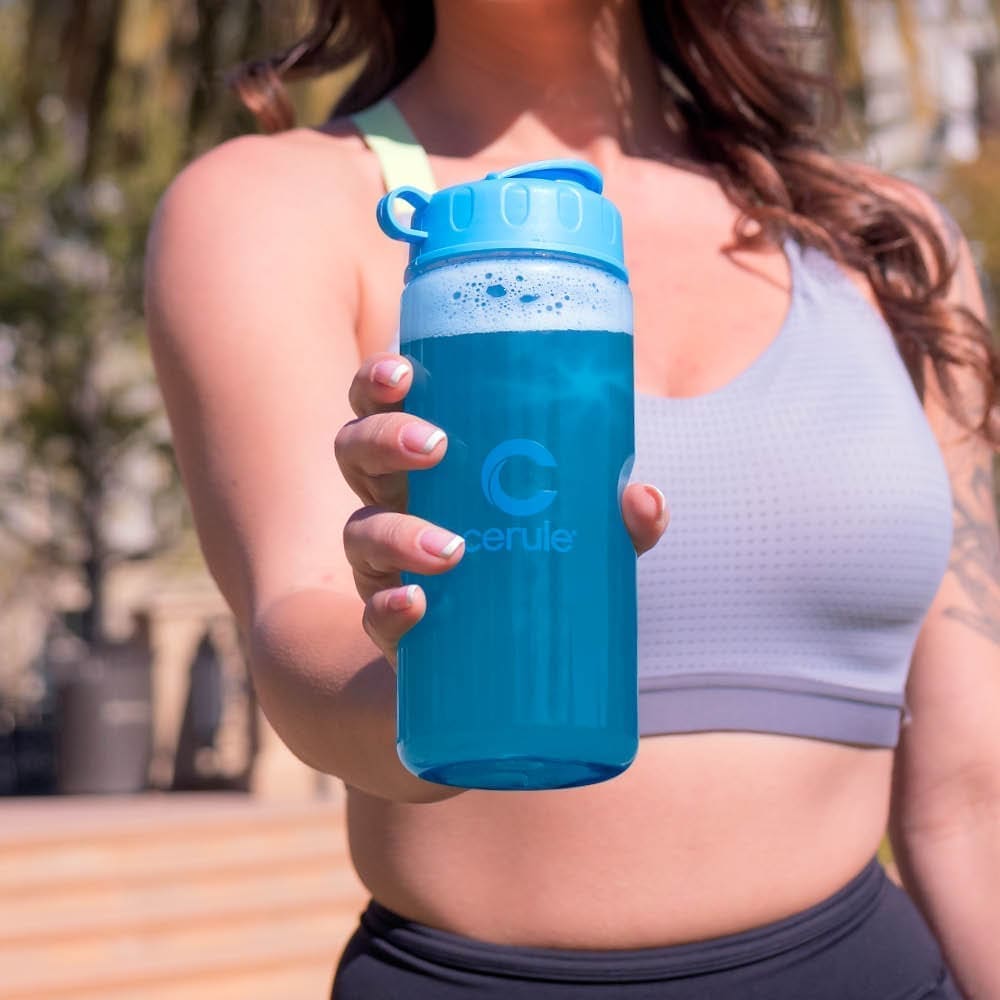
Why Use Them Together?
Red light therapy acts like the “spark plug,” activating fibroblasts to build collagen. Collagen Activ provides the “building blocks,” ensuring your body has everything it needs to create high-quality, durable collagen strands.
✅ FAQ: How Red Light Therapy Boosts Collagen
Final Thoughts
Red light therapy is one of the most powerful, non-invasive ways to restore collagen and reverse visible signs of aging. By combining regular RLT sessions with targeted nutrition like Collagen Activ, you can amplify your results naturally.
Whether you’re aiming for firmer skin, smoother texture, or improved joint health, this combination supports your body’s collagen regeneration from the inside out and the outside in.
📩 Have questions about devices, dosages, or routines? Contact us here and we’ll guide you!
🧬 Scientific Studies & Clinical References
1. Cerule Collagen Activ Scientific Study.
2. Barolet D, Boucher A. (2010)
Title: Prophylactic low-level light therapy for the treatment of hypertrophic scars and keloids: a case series
Journal: Lasers in Surgery and Medicine
Key point: Demonstrated RLT’s ability to stimulate fibroblast activity and improve skin healing.
📄 PubMed Abstract
3. Lee SY et al. (2007)
Title: A prospective, randomized, placebo-controlled, double-blinded, and split-face clinical study on LED phototherapy for skin rejuvenation
Journal: Dermatologic Surgery
Key point: Found significant increases in collagen and improvements in skin roughness and wrinkles.
📄 PubMed Abstract
4. Avci P, Gupta A, Clark J, et al. (2014)
Title: Low-level laser (light) therapy (LLLT) in skin: stimulating, healing, restoring
Journal: Seminars in Cutaneous Medicine and Surgery
Key point: Comprehensive review showing mechanisms of RLT, including ATP production and fibroblast stimulation.
📄 Full Text – NIH
🧪 Supportive Reference: Nutritional Collagen Synthesis
5. Vitamin C and Collagen
Source: Linus Pauling Institute – Oregon State University
Key point: Explains why vitamin C is essential for collagen synthesis.
📄 Read more
6. Hydrolyzed Collagen & Skin Health
Study: A double-blind, placebo-controlled trial of oral collagen peptide supplementation in skin aging
Key finding: 12 weeks of collagen peptides improved skin elasticity and hydration.
📄 Published in Skin Pharmacology and Physiology
Explore More Content
Tags: #Collagen #RedLightTherapy #AntiAging #Skincare #Photobiomodulation #SkinHealth
